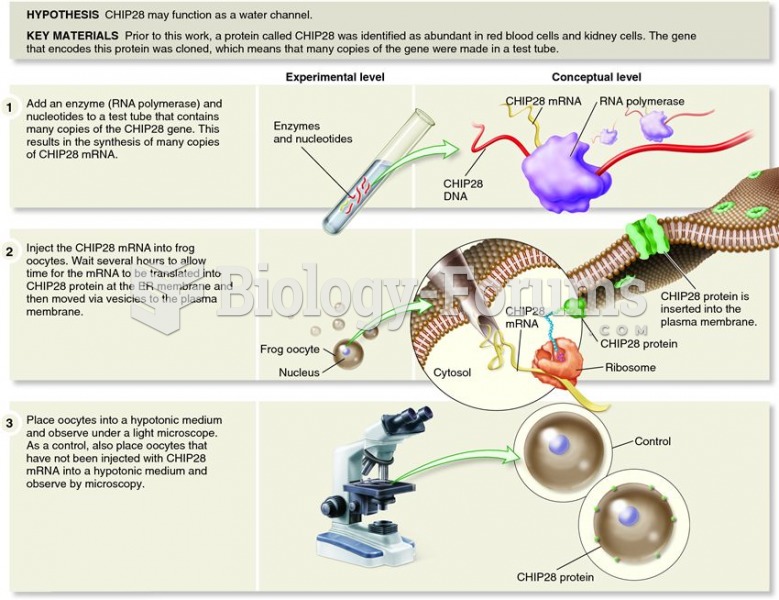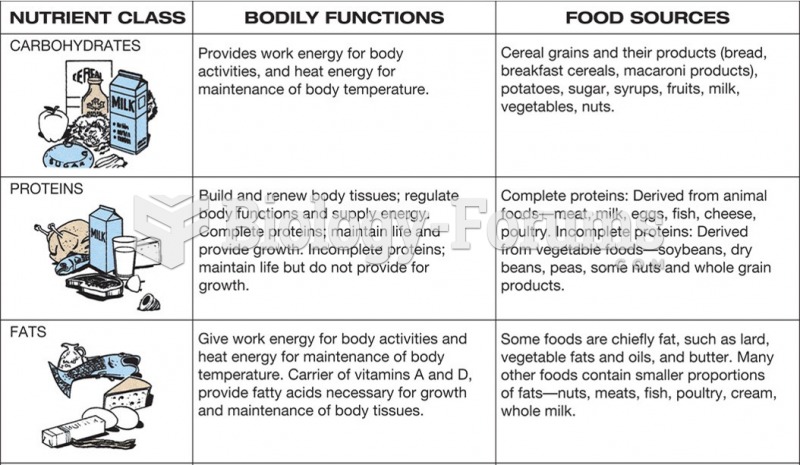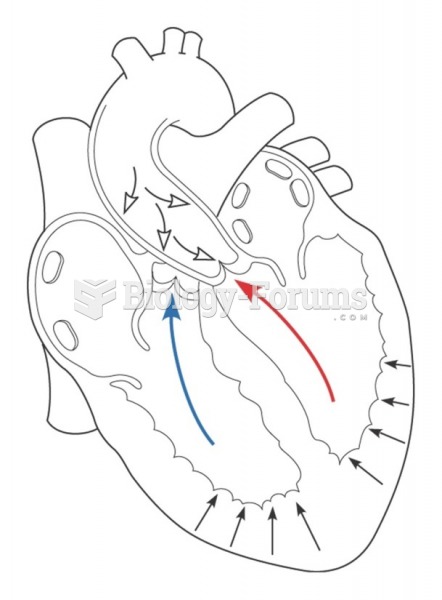Answer to Question 1
Meaning making includes the use of cognitive restructuring (reworking existing assumptions and beliefs and replacing them with new ones) to fit the specific situational event meaning into the wider global meaning framework (i.e., assimilation) or to change the wider global meaning framework to conform to the specific situational event meaning (i.e., accommodation). This process produces cognitive products known as meanings made. Failure to resolve these discrepancies leads to poor adjustment and ruminative attempts to come to terms with the event. Good adjustment occurs when the meaning making process leads to congruency between situational and global meaning that in turn leads to acceptance or resolution.
Answer to Question 2
In many cases the fit hypothesis is supported, but in other cases there are inconsistencies. For example, women who experienced a failed in vitro fertilization attemptan outcome that is largely uncontrollable--who used emotion-approach coping adjusted better than those who used problem-focused coping in one study (Terry & Hynes, 1998) supporting the goodness of fit hypothesis. Yet, when women in this same study used an escapist strategy, a form of emotion-focused avoidance coping, they showed poor adjustment even though there was a good fit between their perception of low controllability and their coping strategy. In another study (Macrodimitris & Endler, 2001), people with Type 2 diabetes who used active problem-focused coping to manage their controllable health condition showed less depression. However, contrary to the goodness of fit hypothesis, their use of problem-focused coping was not related to perceptions of control. On the other hand, their employment of emotion-focused coping when combined with low perceptions of control was associated with better psychological adjustment, supporting the goodness of fit hypothesis.







